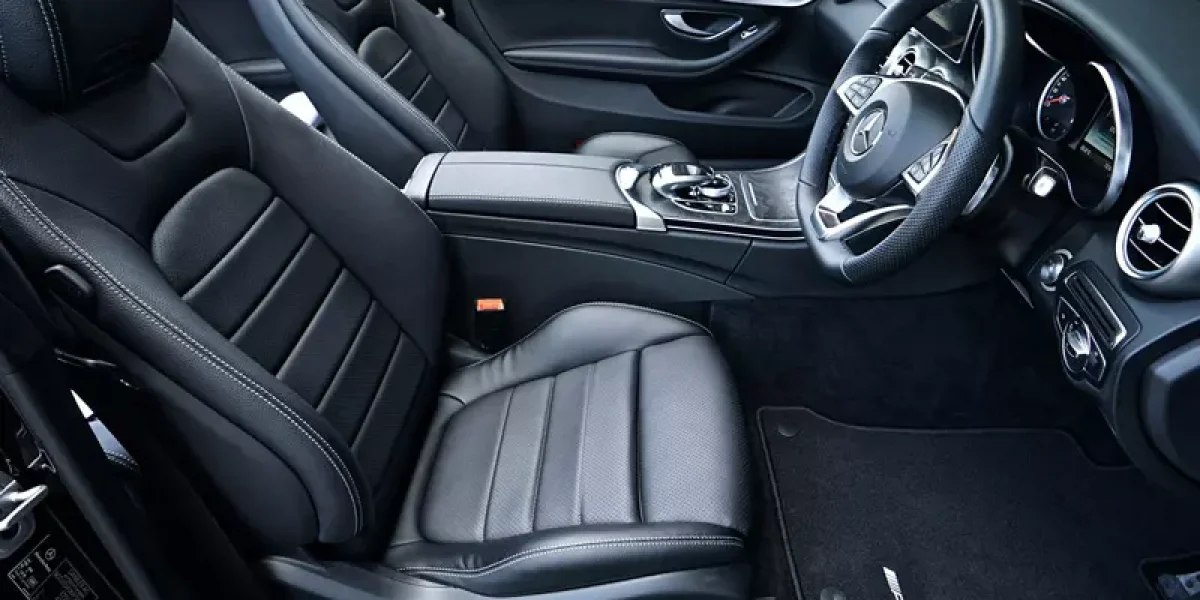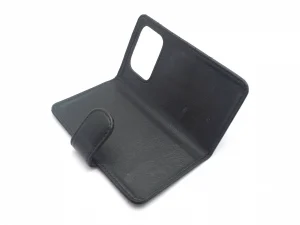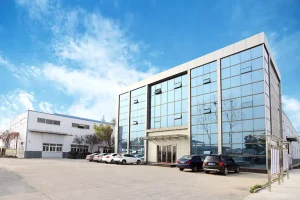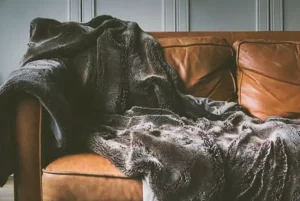Products made from leather undergo a variety of sophisticated processes. This helps to explain the wide variety of names used to describe leather. Depending on the type of leather, it can be used for a variety of different uses. The inherent characteristics of texture and feel of leather differ from one type to the next, so it’s important to know exactly what kind you’re working with when you’re selecting leather for your most valued automobile. You can tell the difference between kinds by their distinctive qualities, quality, and finish.

Types of Good Leather for Upholstery
Top Grain Leather
If you’re looking for a finish that’s as close to full-grain as you can get, this cut is a good option, but the top layer has been sanded or buffed to remove any faults or abnormalities. This softens and elongates the leather, allowing it to be dyed and polished in a variety of ways. This sanding not only improves the appearance but also diminishes the full-grain leather’s strength and water resistance.
A trade-off between leather strength and leather appearance and softness may be seen here. As a result of its suppleness and elongation, top grain leather is frequently employed in the production of luxury leather items such as purses and wallets.
Full-grain Leather
The “grain” of the hide is preserved in this cut of leather, which hasn’t been sanded or cleaned to remove any blemishes. Only the hair is usually removed from full-grain leathers. Fibers in the grain tend to be finer and more tightly packed, resulting in a surface that is extremely strong, durable, and able to sustain heavy wear.
Because it is not sanded, the surface may have a few blemishes. Some of these marks may be the result of cows bumping their heads against fences or scraping from normal living. These are the most sought-after skins because they are the rarest and because they are the most visually beautiful.
In addition, the surface fibers are what give leather its greatest strength. So it’s perfect for tack, shoes, and furniture, among other things. As time goes on, the surface acquires a patina (a color change due to wear and tear) that can be very appealing. In addition to providing water resistance, the outer layer has another purpose. A full-grain leather product is considered to be the best quality available.
Nubuck Leather
There is a similarity between nubuck and suede, but it is more resistant to wear since it is made from the top grain of the animal hide. It has a terrific look and feel and can be utilized for a wide range of products. With its blend of the best attributes of several types of leather, it’s an excellent choice. Nubuck leather is made from calfskin or cowhide’s top-grain outer layer.
Suede is made from the inner layer, which is softer and less durable than the top layer. But because it may have noticeable imperfections, the top grain is polished and sanded to maintain a uniform appearance. The sanding procedure creates a velvet-like surface on the leather by leaving behind a small nap of short protein fibers. Nubuck’s surface is stained or dyed to conceal any imperfections.
Since top-grain leather is used to make nubuck, it is more durable and tougher than suede. Bicast leather and bonded leather, which do not utilize the top-grain section of the hide, are fewer durable alternatives. Rugged leather is more easily soiled and stained than smooth leather because of the rough surface.
Colors can be added to nubuck leather after brushing or sanding to get its velvety appearance and feel. It has a pleasant feel to it, although it is easily scratched. Rubbing the nubuck’s surface might cause the color to shift due to a change in the short fibers’ direction. The patina on nubuck can develop over time.
Corrected Grain Leather
It’s possible to get genuine leather from any part of the hide, but it’s usually treated on the surface to make it look more uniform and “corrected”. There are many ways to finish it off, including sanding, buffing, and stamping/embossing to remove surface defects. Belts and other items frequently use this procedure, which affects some of the desirable properties of leather.
For a more realistic look, stains or dyes are put to the surface of corrected-grain leather to emboss a fake grain. This type of leather, like split leather, is typically sold at the lowest possible price. These hides are not suitable for use in the production of aniline or vegetable-tanned leather, which is why they are utilized in the production of corrected leather.
Split Grain Leather
Cut from the top grain portion of the hide, split-grain leather has multiple layers. Most of the time, it’s an upper layer of the hide just beneath the flesh. Also, below are the best top-grain and full-grain options. Even so, it does offer useful leather. Because of this, split-grain leather’s natural surface is not as dense, tight, or functional as full grain or top grain leather’s surface is. As a result, it is frequently utilized in leather finishes such as coloring, embossing, and other surface modifications.
Allows the leather-like properties to be incorporated into the product while maintaining a visually appealing and frequently practical surface that is useful for leather items. Split leather is made from the remainder of the hide after the top grain has been removed. As a result, it is less expensive than whole grain. Because it is brittle and quickly damaged, it must be handled with care.
Bonded Leather
Binding polyurethane or latex or fiber mesh or a sheet to leather scraps creates bonded leather, which is sort of like “scrapple or hot dogs” for leather. This can have a significant impact on the product’s functionality and aesthetics because the proportion of leather used in the mix might range from 10% to 90%. In addition to being painted, bonded leather can also be pressed or embossed to resemble a certain grain or design. When using bonded leather in the making of furniture has the following advantages:
It has a long lifespan.
Formaldehyde levels are low due to the lack of chemical tanning, making it suitable for those who are allergic to it.
Compared to real leather, it’s a lot less expensive.
We Provide Professional Upholstery Solutions to Hotel Furniture
We are a top PU leather manufacturer and supplier, offering a huge variety of PU leather for furniture makers. With advanced manufacturing technique and strict quality control system, we can guarantee the quality of our PU leather and give you affordable prices. What’s more, we are experienced in producing customized PU leather according to your demands. For more information about our products and services, welcome to contact us at




